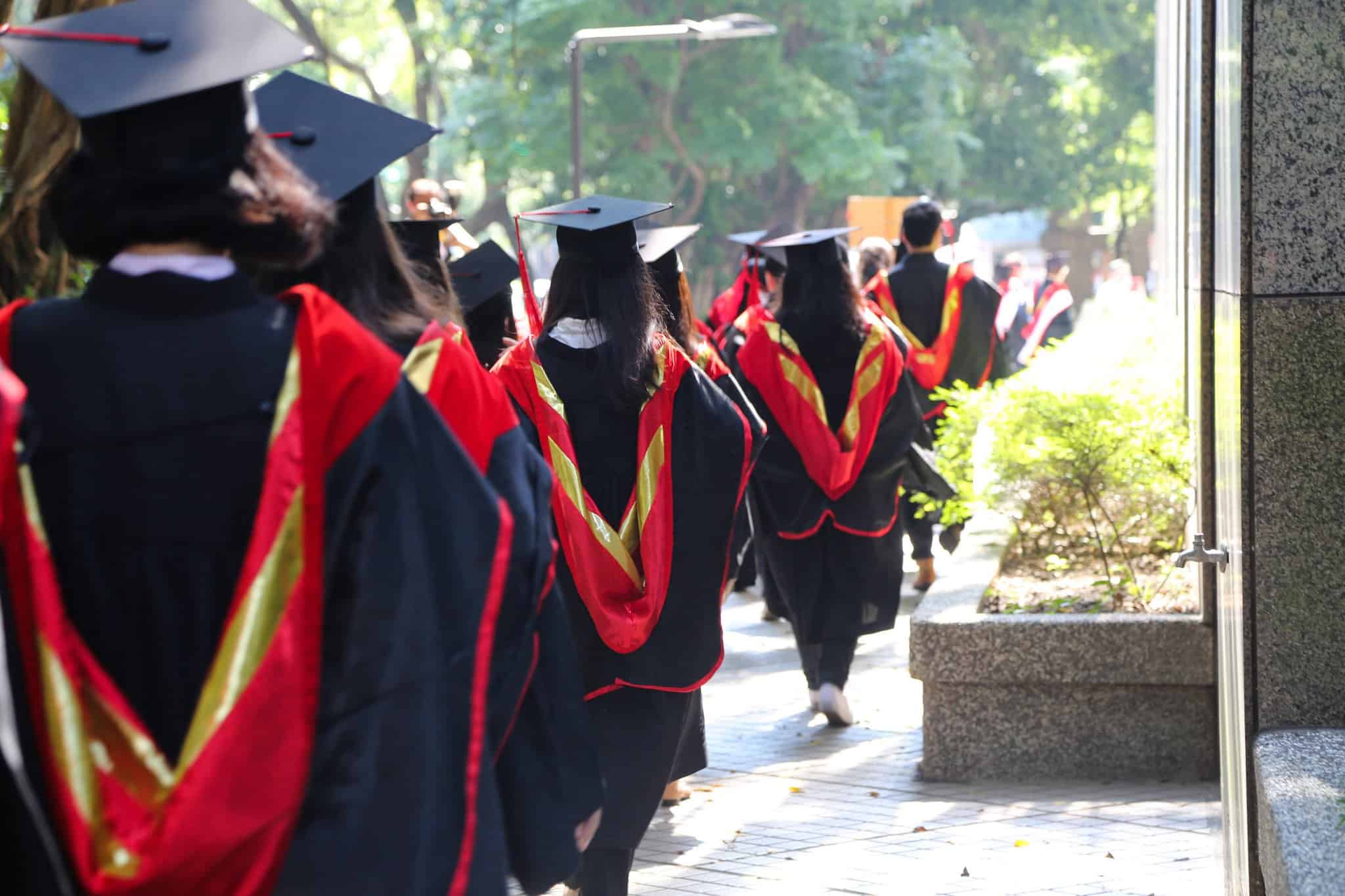It’s a classic “he said/she said” scenario: John Doe and Jane Roe were a brief college couple at the University of California, San Diego, and had engaged in sexual activity one Friday night after drinking at a party. But after breaking up, she says that it was rape, while he claims that it was consensual.1
The undisputed details of their story are not as much disturbing as they are commonplace in the mainstream culture of college campuses. They planned to attend his fraternity party on Friday night (the night they had sex) and her sorority formal on Saturday. She dropped an overnight bag in his room before going out on Friday. On Saturday, the two spent the night together in her room after attending her formal. Their sexual relationship ended that night. Three months later, she reported to the university’s sexual assault resource center that he had assaulted her on that Saturday morning.
According to a Justice Department report, one in five female college students have been
victims of sexual assault. Although this statistic has been subject of dispute, it would not surprise me if one in five undergraduate women had been in Jane Roe’s situation. Many of such cases undoubtedly go unreported. Regardless of what the actual statistics are, this level of sexual assault is unacceptable.
The atmosphere on college campuses, particularly elite and wealthy campuses, is often called a “hook-up culture.”2 The term “hook-up” varies in meaning, and the hook-up culture is difficult to define. I see the hook-up culture as referring not just to casual uncommitted encounters but to a larger culture of expectation even within committed relationships: the expectation that everyone will have sex in some form so long as they can find a consenting partner.
It is in the context of this culture that the story of Jane and John played out. Jane, a Mormon raised in a religious household, who had never drank or had sex before college, decided to experiment in college. This is not necessarily a bad thing, nor do I think that this means Jane is in any way responsible for what happened to her against her will. But sex and alcohol have large roles in what is portrayed in media and popular culture as the “ideal college experience.” This culture puts pressure on new college students to seek out opportunities for sex and, when there is a mutual desire, to push the envelope as far as possible.
The current campus hook-up culture idealizes casual sex in a way that makes it seem far more simple than it actually is. The fallout after regrettable sexual encounters or the psychological suffering of sexual assault victims are rarely present in college movies or in the consciousness of first-year students. In reality, sex is more than simply an a pleasurable activity that parties agree to participate in. That is why rape and sexual assault are such heinous crimes. Sex involves deep emotions and psychological factors, not to mention biology and spirituality. In order to foster a healthier culture of sexuality on campus, we need to find an ideal of sexuality that takes these factors into account and does not just accept consent as the only qualification.
A recent book by sociologist Lisa Wade describes a darker side to the mainstream culture, identifying “a persistent malaise: a deep, indefinable disappointment” in which one third of those who hook up say that their intimate relationships in the last year have been “traumatic” or “very difficult to handle.” Her research concludes that a third of students do not hook up at all, but also that only 15% of students actually enjoy hooking up.
John Doe and Jane Roe could have been my friends in college. I think that is why the story struck me as hard as it did. A healthier culture might have prevented that whole situation, by removing the pressures on both parties to have sex. As someone vowed to chastity, I can attest to the freedom and joy of reconciling a holistic view of sexuality to my own life. I hope that college campuses can become places where young men and women integrate their sexualities in ways that lead to genuine human flourishing.
***
Image courtesy of FlickrCC user Yu-Chan Chen.
- The case is described in detail in an article about Title IX enforcement: “The Landmark Sexual Assault Case You’ve Probably Never Heard Of”. John Doe and Jane Roe are pseudonyms used in the court case. ↩
- “Regular hook-up participants are only about 20 percent of the population and are disproportionately privileged: rich, white, at elite schools, etc. The hook-up culture has a cost, and the privileged students are more equipped to accept it.” –Charles Camosy, reviewing a new book, Faith with Benefits, that explores the hook-up culture at Catholic colleges. ↩


